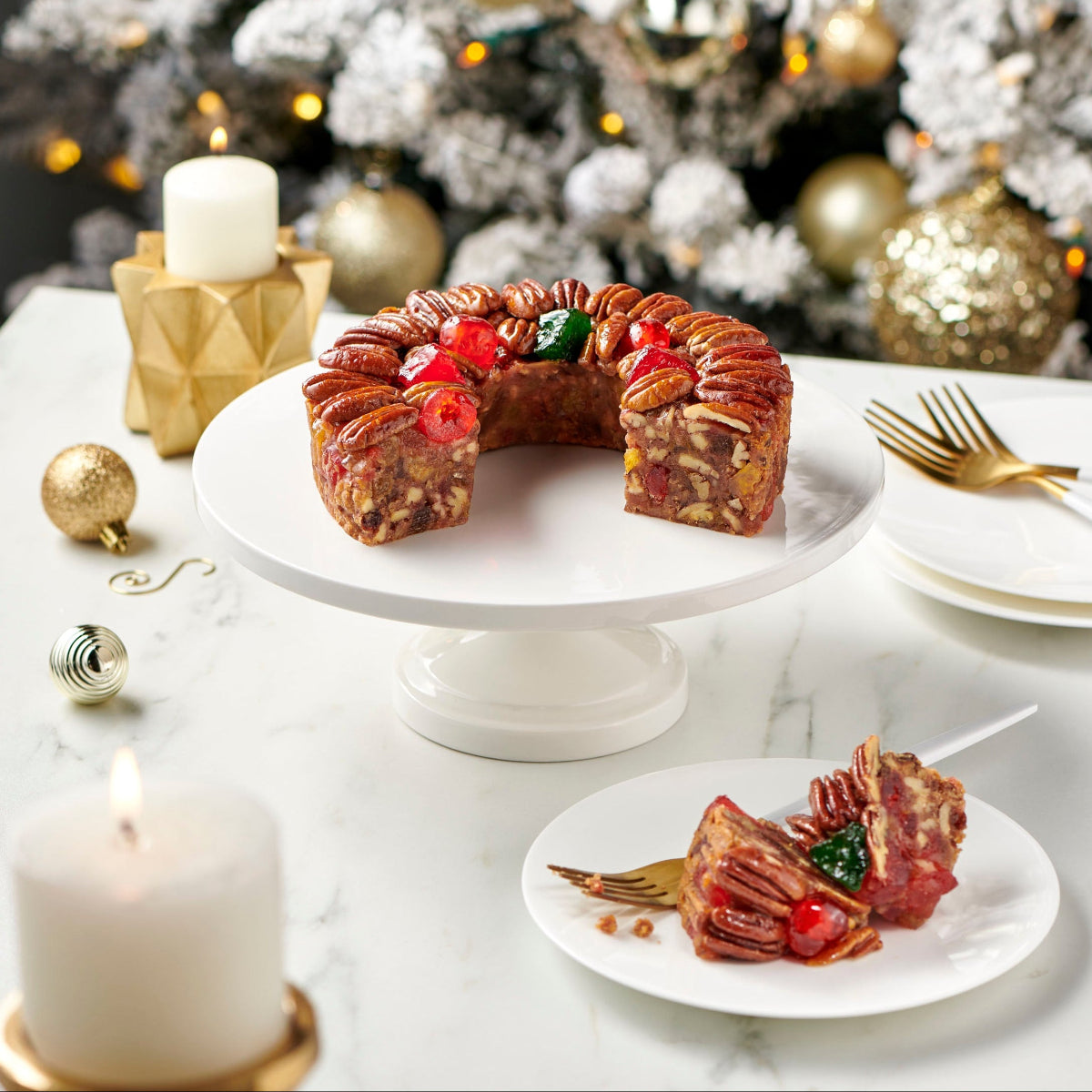The Fascinating Role Honey Bees Play in our Environmental Ecosystem
Bees are everywhere—quite literally. In 2023, researchers confirmed that over 20,700 bee species have been identified worldwide, making these winged wonders more prolific than all the world’s bird and mammal species combined. Truly global citizens, bees aren’t bound to a single climate or country. With the exception of Antarctica, they buzz across every continent on Earth. From bustling city gardens to quiet rural fields, from dense forests to arid deserts, if there are flowers and insects, chances are you’ll find bees hard at work.
This incredible reach has given rise to a dazzling variety of appearances and abilities. Picture the tiny Perdita minima, the world’s smallest bee; the giant Megachile pluto, whose size matches its larger-than-life name; and the jewel-toned Blue Orchard Mason Bee. From minuscule to massive, and from muted to brilliantly colorful, bees truly come in all shapes, sizes, and shades.
Volumes could be written on each bee species' unique traits and skills. However, in honor of World Honey Bee Day, today’s focus will be on a small subset of bees: the subset that produces honey, the honeybees.
When Is World Honey Bee Day?
World Honey Bee Day, celebrated annually on the third Saturday of August, was established by beekeepers in the United States in 2009. Not to be confused with World Bee Day, a United Nations-designated holiday observed on May 20th, this special occasion—also called National Honey Bee Day and Honey Bee Awareness Day—shines a spotlight on the vital role honey bees play in ecosystems, agriculture, and food production. It also raises awareness about the threats they face and promotes sustainable beekeeping practices.
If you’re wondering about the World Honey Bee Day date this year, now’s the perfect time to mark your calendar and celebrate World Honey Bee Day in a way that supports these indispensable pollinators.
At Collin Street Bakery, this day holds particular meaning. We proudly use all-natural honey in crafting our most iconic cakes, including the beloved DeLuxe® Fruitcake and Texas Pecan Cakes. Honey not only enriches the flavor of our creations but also reflects our commitment to quality and sustainability.

The Diversity of Bees: Not All Bees Produce Honey
Not all bees produce honey. In fact, only a small subset does, and fewer still produce enough for harvestable consumption. Among the most well-known honeybees are those from the genus Apis: the western honey bee (Apis mellifera), the eastern honey bee (Apis cerana), the giant honey bee (Apis dorsata), and the dwarf honey bee (Apis florea). Except for the western honey bee, all originate from Asia, but their global introduction underscores their importance to agriculture and honey production.
Western Honey Bee (Apis mellifera)
Native to Europe, Africa, and parts of Asia, the western honey bee is the most widespread and well-known honey producer. Adaptable and resilient, they’ve been introduced to nearly every continent. Known for their highly organized social structure, their colonies can number in the tens of thousands, producing 30–60 pounds of honey annually depending on climate, forage, and health.
Eastern Honey Bee (Apis cerana)
Native to southern and southeastern Asia, these bees closely resemble their western cousins but are better equipped to handle local parasites and diseases. They produce less honey—usually 6–10 pounds a year—but are essential pollinators in their home regions.
Giant Honey Bee (Apis dorsata)
Found in South and Southeast Asia, these impressive bees can grow up to 20 millimeters long. They build massive open-air nests high in trees or on cliffs. Producing 10–15 pounds of honey annually, their honey is prized but challenging (and risky) to harvest due to their defensive nature and remote nesting sites.
Dwarf Honey Bee (Apis florea)
The smallest honey-producing bee, native to South and Southeast Asia, Apis florea builds single-comb nests in shrubs and trees. Their honey yield is minimal—under 2 pounds per year—but they are still vital pollinators in their ecosystems.
Non-Honey Producing Bees
Most bees, including mason bees, leafcutter bees, carpenter bees, and bumblebees, don’t produce honey in significant amounts. Many are solitary, each female building her own nest and provisioning it with nectar and pollen. Bumblebees, though social, have much smaller colonies and produce only enough honey to sustain themselves.
Honey Bee Importance
Honeybees are indispensable pollinators, responsible for one in every three bites of food we eat. They don’t just sustain crops like apples, almonds, and blueberries. They pollinate more than 80% of the world’s flowering plants. That means they help prevent soil erosion, boost carbon sequestration, and support the production of fibers, oils, and other agricultural goods.

Honey Bee’s Economic Impact
In the U.S., honey bee pollination is worth over $15 billion annually. They’re essential for crops like almonds, apples, blueberries, cherries, cranberries, melons, squash, avocados, and sunflowers, improving both yields and quality, which boosts farmers’ incomes and strengthens the entire food supply chain.
Honey Bee Lifecycle
The honey bee lifecycle moves through four stages: egg, larva, pupa, and adult. Queens lay fertilized eggs (females) and unfertilized eggs (males) in honeycomb cells. Larvae are fed royal jelly or bee bread before pupating and emerging as adults as workers, drones, or a new queen.

Roles of Bees in the Colony
Honey bee colonies run like well-oiled machines:
• Queen Bees lay up to 2,000 eggs a day and produce pheromones that maintain hive cohesion.
• Worker Bees handle everything from nursing larvae to guarding the entrance to foraging for nectar and pollen.
• Drone Bees exist to mate with queens from other hives, after which they die.
How Honey is Made
Foragers collect nectar and store it in their “honey stomachs.” Through trophallaxis—passing nectar from bee to bee—enzymes break down sugars. The partially processed nectar is stored in honeycomb cells, fanned to reduce moisture, and sealed with wax once it reaches the right consistency.

Health Benefits of Honey
Honey is antioxidant-rich, antibacterial, and antifungal. It soothes wounds, aids digestion, and offers a wholesome alternative to refined sugar.
Threats to Honey Bees
Honey bees face many dangers:
• Habitat Loss: Urbanization, deforestation, and agriculture reduce forage and nesting sites.
• Pesticides: Particularly neonicotinoids, which can damage bees’ nervous systems, impair foraging, navigation, and reproduction, and contaminate pollen and nectar.
• Parasites & Diseases: Varroa mites, American foulbrood, and Nosema weaken colonies.
• Climate Change: Alters bloom patterns and food availability while increasing extreme weather events.
• Colony Collapse Disorder: Sudden disappearance of worker bees, likely due to a combination of the above stressors.
Bee-Friendly Gardening
Support pollinators by planting nectar-rich flowers that bloom across seasons, avoiding pesticides, and providing water sources. Native plants are best, as they’re adapted to local conditions and attract local bee species.
A Sweet Way to Celebrate
As we celebrate World Honey Bee Day, let’s honor the hard work of these incredible pollinators. At Collin Street Bakery, we do just that by using all-natural honey in our DeLuxe® Fruitcakes and Texas Pecan Cakes. Indulge in the sweet harmony of honey and artisan baking because every slice supports the bees that make it possible.










Leave a comment
This site is protected by hCaptcha and the hCaptcha Privacy Policy and Terms of Service apply.